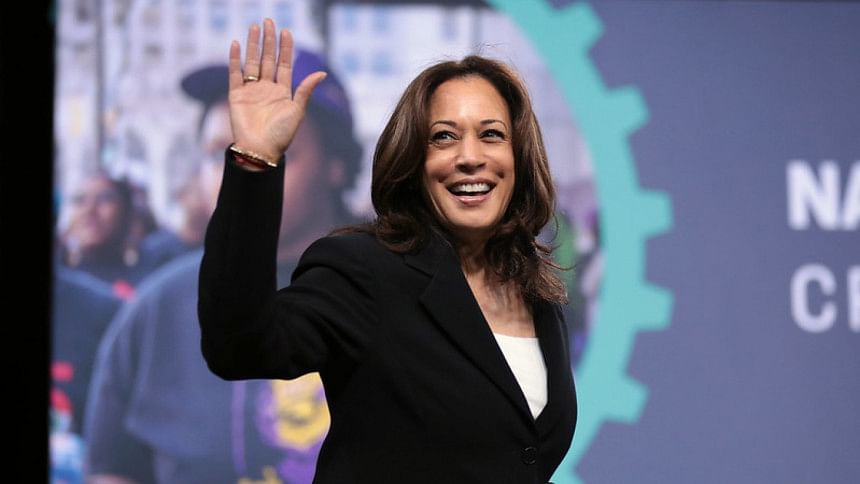The Fight Against Patriarchy Doesn’t Stop With Female Leaders

The election of Kamala Harris as the 49th vice president of the United States has gone down in the history books. Not only is she the first female VP, but also the first woman, the first person of colour, as well as the first person of African and Asian descent to hold that position. Whatever your stance on her policies may be, you have to admit that she is – by virtue of her designation and the communities she represents – an inspiration for millions of girls from marginalised groups. Harris has become the physical manifestation of their dreams of rising through the ranks.
There is no doubt that this is a significant moment in the history of women empowerment. Although the situation is slowly changing, as we have seen with Kamala Harris, we live in a world where women are still underrepresented in leadership positions. In order to inch closer to gender equality, we need more women in positions where they can make important decisions, and we need to speed things up.
But, is that all? Are the goals of feminism achieved by putting more women in leadership roles? Is that the only way to empower women?
Generally, leadership roles are few compared to the numbers of positions in the rest of the workforce. While it is important to push for increased representation of women in the higher echelons, we should not forget about the rest of the workers in positions of less power.
According to a 2019 report by Centre for Development and Employment Research (CDER) and Friedrich-Ebert-Stiftung (FES) Bangladesh, female employment in urban areas decreased from 2010 to 2017, whereas the opposite was seen in rural areas during the same time period. While the increase in female employment among rural populations is encouraging, the drop in urban female employment warrants attention. This decline is attributed to domestic duties, wage gap and social stigma. Of course, the same factors are behind why women are underrepresented in positions of power, but these patriarchal demands are what all women who aspire to have a career – any career – have in common. If we want to see more women in all levels of the workforce, we need to tackle patriarchy head on.
And even if a woman makes it to the top, chances are that whoever put her there is only doing so to paint a progressive façade. In other words, tokenism. These perfunctory acts of inclusivity and diversity do not necessarily reflect real change in gender relations in the workplace.
Carolyn Gold Heilbrun, the first woman to receive tenure in the English department of Columbia University, indicated just so in an interview with The New York Times from 1992, "When I spoke up for women's issues, I was made to feel unwelcome in my own department, kept off crucial committees, ridiculed, ignored… Ironically, my name in the catalogue gave Columbia a reputation for encouraging feminist studies in modernism. Nothing could be further from the truth."
We need more women in leadership positions, but we need to look beyond that. Female leadership could be considered the means to an end, not the end itself. And the goal is the right of all women to live with dignity as human beings, facing no discrimination based on their gender, race, class, religion, sexual orientation and so on.
References
1. Centre for Development and Employment Research (CDER), Friedrich-Ebert-Stiftung (FES) Bangladesh (July 15, 2019). Employment, Labour Force Participation and Education: Towards Gender Equality in Bangladesh.
2. The New York Times (November 8, 1992). Rage in a Tenured Position.
Adhora Ahmed tries to make her two cats befriend each other, but in vain. Tell her to give up at [email protected]

 For all latest news, follow The Daily Star's Google News channel.
For all latest news, follow The Daily Star's Google News channel. 



Comments